Best lenses for the Fujifilm X-T50
The Fujifilm X-T50 is a small camera that packs a big punch, so what are the best lenses to match its size and 40MP potential?
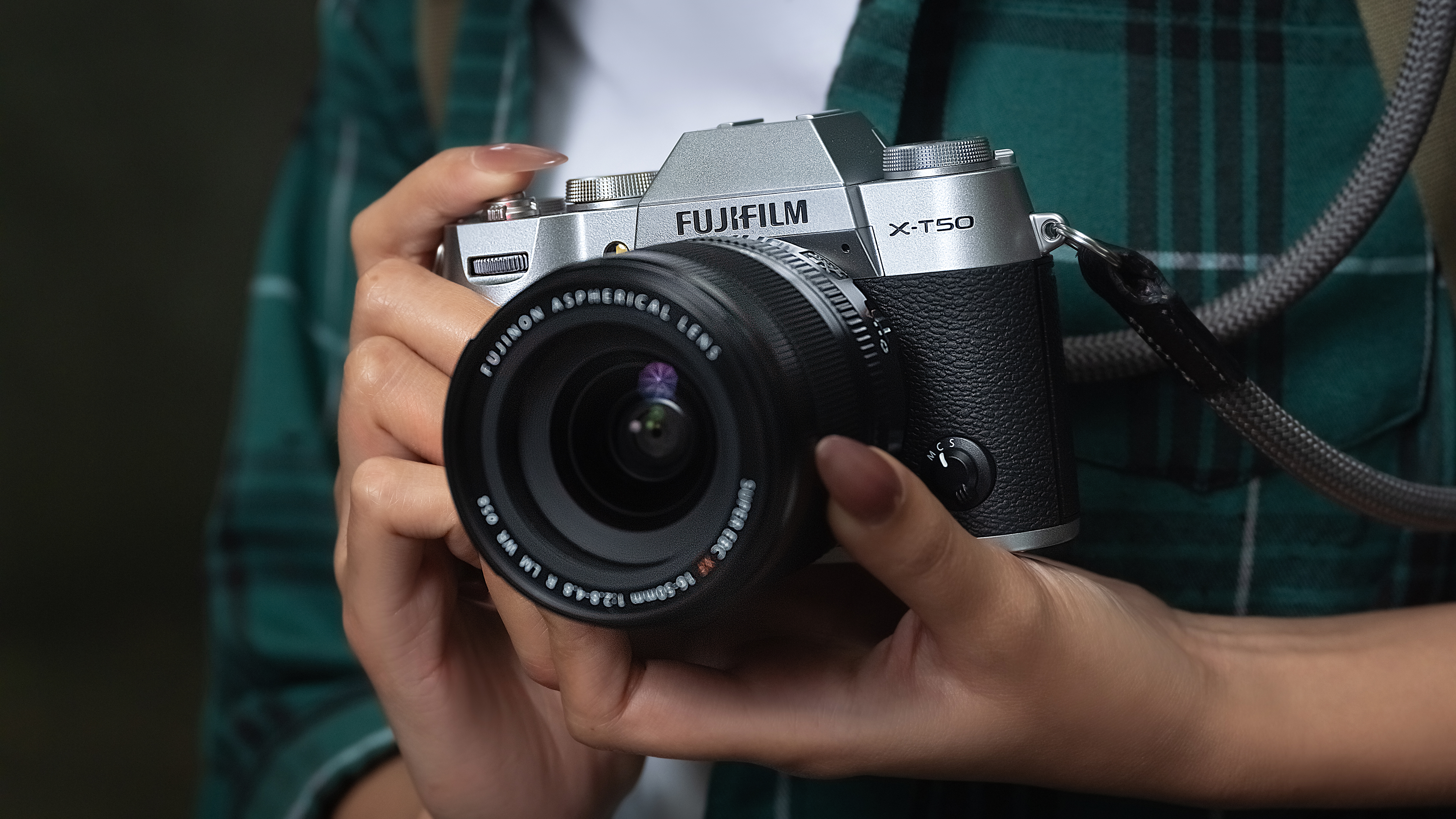
The Fujifilm X-T50 is a beautiful retro-styled mirrorless camera that’s also remarkably compact. But inside is a high-resolution 40MP X-Trans sensor that makes some pretty heavy demands on lens quality.
We like the Fujifilm X-T50 a lot. It’s one of the best Fujifilm cameras in the range and, despite its compact size, it packs in the same 40MP APS-C sensor found in the Fujifilm X-T5 and X-H2. This sounds like a great step forward, but it does show up any weaknesses in some older existing lenses – most of which were designed when Fujifilm cameras had resolutions of 26MP, 24MP or even 16MP.
When you choose the best lenses for the Fujifilm X-T50, this is something you should take into account. Some of Fujifilm’s more obvious lens choices, like the XF 16-80mm f/4 kit zoom and XF 10-24 f/4 wideangle zoom, don’t perform especially well on this new, higher resolution sensor.
So with that in mind, here are the lenses we would recommend for the X-T50, taking into account both its compact size and the demands of its sensor.
Best lenses for the Fujifilm X-T50 in 2024
Why you can trust Digital Camera World
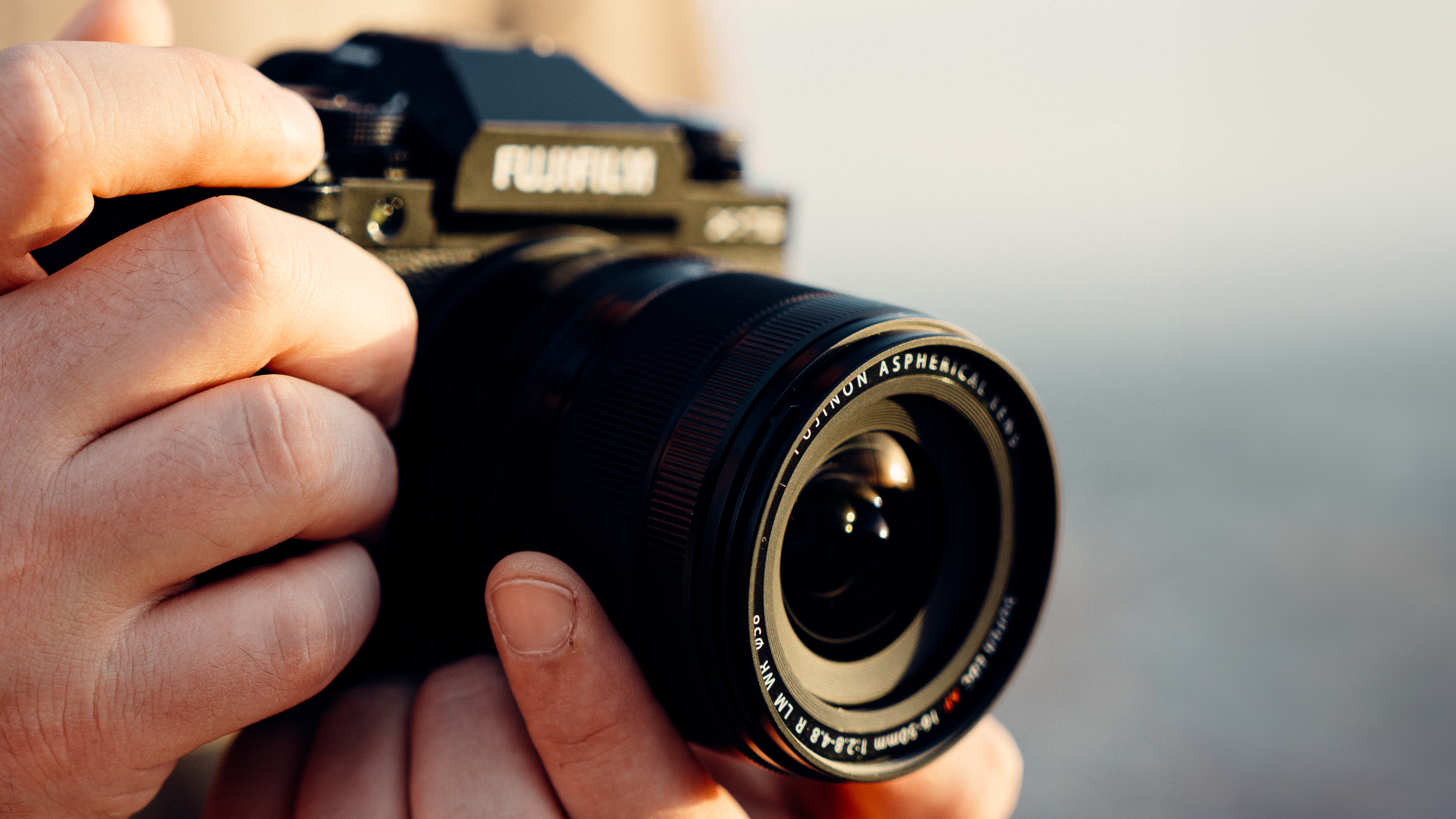
Specifications
Reasons to buy
Reasons to avoid
The Fujinon XF 16-50mm f/2.8-4.8 R LM WR replaces a long-time favorite kit lens among Fujifilm users, the XF 18-55mm f/2.8-4. This was and is a great lens, but the new 40MP sensor has highlighted its limitations, so this new lens is Fujifilm’s response. It does sacrifice a little reach at the long and of the zoom range and offers a smaller maximum aperture at that focal length, but at the same time it offers a usefully wider angle of view equivalent to 24mm, compared to the old lens’s 27mm. The Fujinon XF 16-50mm f/2.8-4.8 R LM WR is light and compact but also weather-sealed. Importantly, it has an internal zoom mechanism, making it much better for video or use on a gimbal. It’s expensive to buy separately, so it’s definitely worth getting as a kit when you buy the camera.
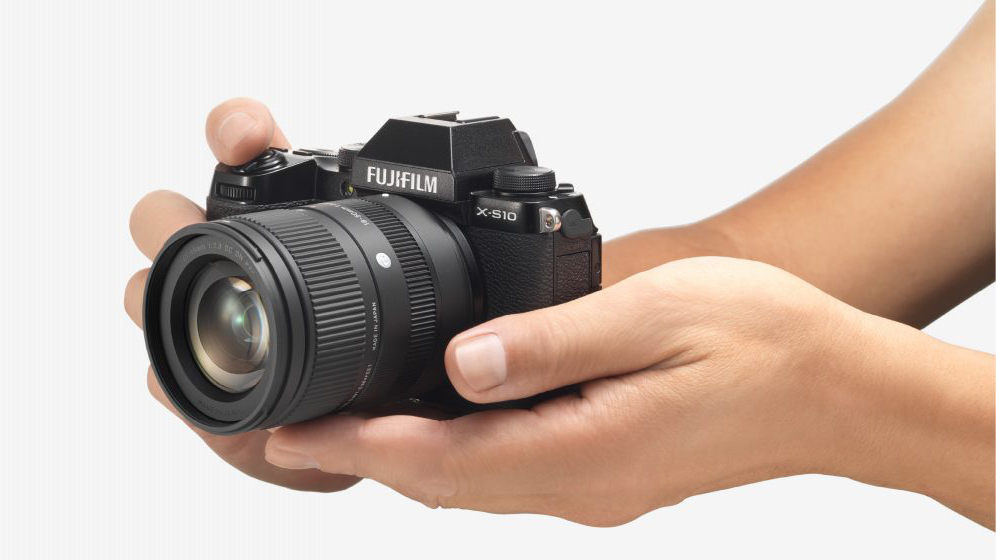
Specifications
Reasons to buy
Reasons to avoid
Fujifilm’s new 16-50mm kit lens is good, but many photographers would prefer a constant-aperture lens. Fujifilm does make an XF 16-55mm f/2.8 pro lens, but it’s very large and heavy and would not balance well on the X-T50. It’s also expensive. This is why we’re so excited about the Sigma 18-50mm f/2.8 DC DN Contemporary. This too is a constant-aperture f/2.8 zoom, but it’s half the size of the Fujifilm lens and half the price. In fact it’s no larger than the XF 16-50mm f/2.8-4.8 R LM WR. There are a couple of downsides. The minimum focal length is 27mm equivalent not 24mm, so it doesn’t go quite as wide, and there’s no aperture ring, which. It does also display some color fringing towards the edges of the frame, though if you shoot raw files your software should be able to get rid of it. That aside, this is a remarkably powerful and compact lens that would make the ideal premium standard zoom for the X-T50.
See our full Sigma 18-50mm f/2.8 DC DN Contemporary review
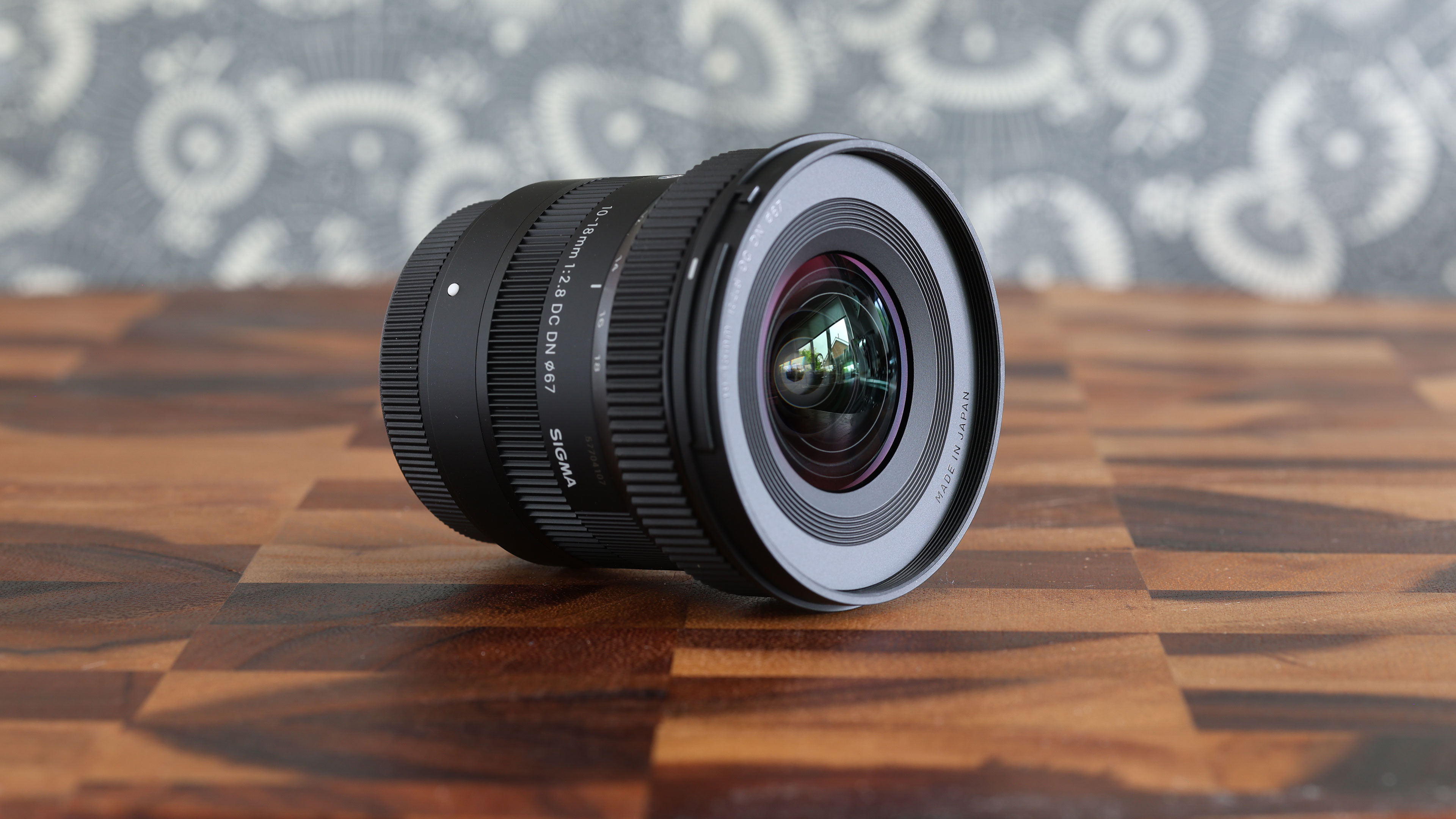
Specifications
Reasons to buy
Reasons to avoid
Sooner or later, every photographer needs a wide-angle zoom, whether it’s for landscapes, travel photography or interiors. Fujifilm does have the XF 10-24mm f/4, but it’s a pretty big lens and not great when matched with the 40MP sensor and the X-T50’s compact body. Sigma, however, has the answer. The Sigma 10-18mm f/2.8 DC DN Contemporary isn’t just an extraordinarily compact wide-angle zoom, it also has a constant f/2.8 maximum aperture. The 10-18mm zoom range is equivalent to 15-27mm in full frame terms, so although it goes very wide, it doesn’t have a lot of reach – it’s a pretty short zoom range. On the upside, its focal range does tie in perfectly with the Sigma 18-50mm f/2.8 DC DN Contemporary to make a compact and portable twin-lens travel kit.
See our full Sigma 10-18mm f/2.8 DC DN | Contemporary review
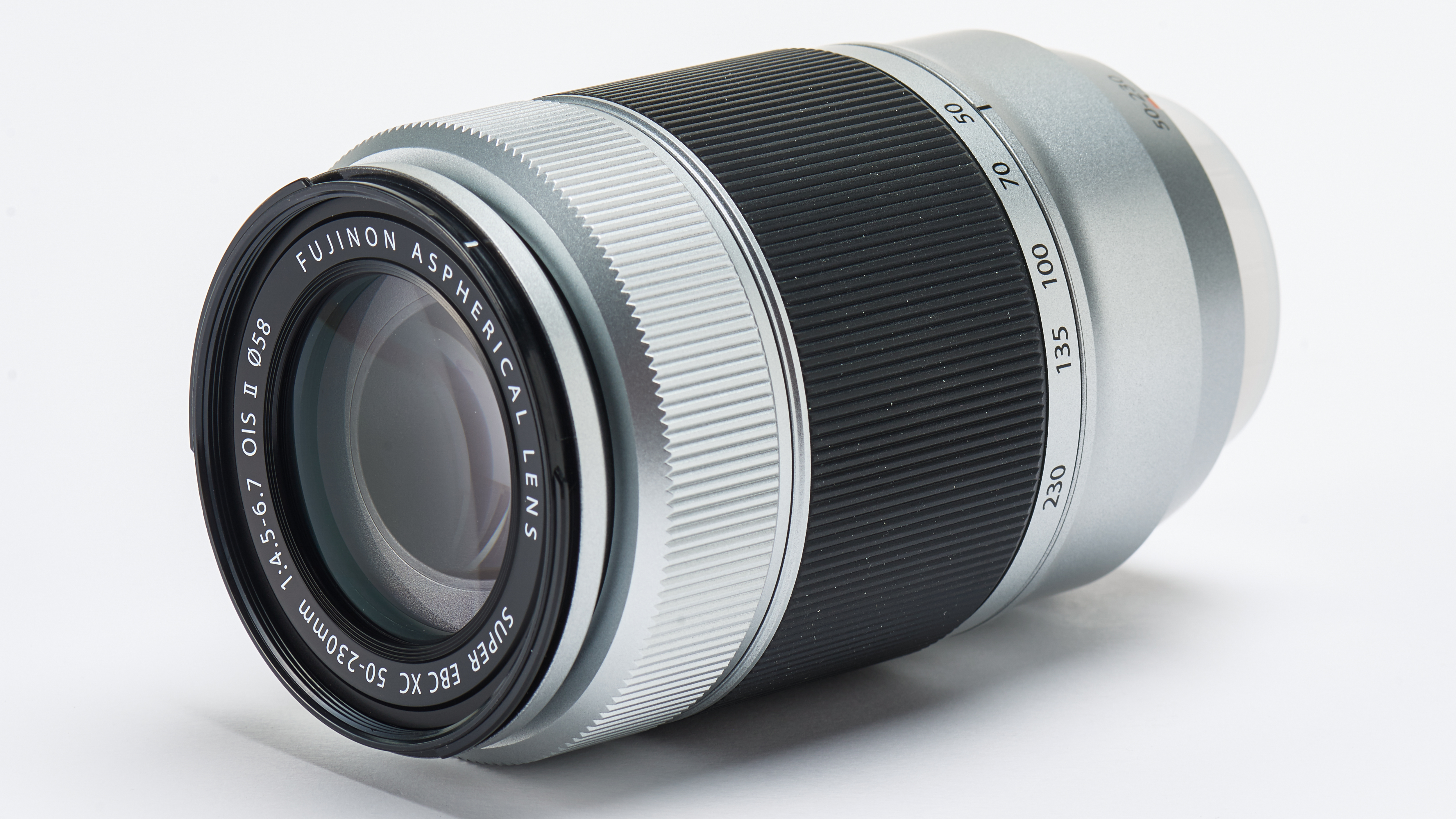
Specifications
Reasons to buy
Reasons to avoid
Lacks any weather-seals
We think that most X-T50 buyers won’t be getting it for sports or wildlife photography, as it’s not that sort of camera. But you might still want a telephoto zoom on hand for occasional use anyway, and we think the Fujinon XC 50-230mm f/4.5-6.7 OIS II fits that bill perfectly. It’s one of Fujifilm’s cheaper ‘XC’ lenses, so it doesn’t have the premium feel of Fujifilm’s regular XF lenses. Also, its optical performance is adequate rather than stellar. However, the Fujinon XC 50-230mm f/4.5-6.7 OIS II is cheap to buy, light to carry and still delivers acceptable results. It’s light enough that you can just put it in your camera bag and forget about it, but it’s there if you need it.
See our full Fujifilm XC 50-230mm f/4.5-6.7 OIS II review
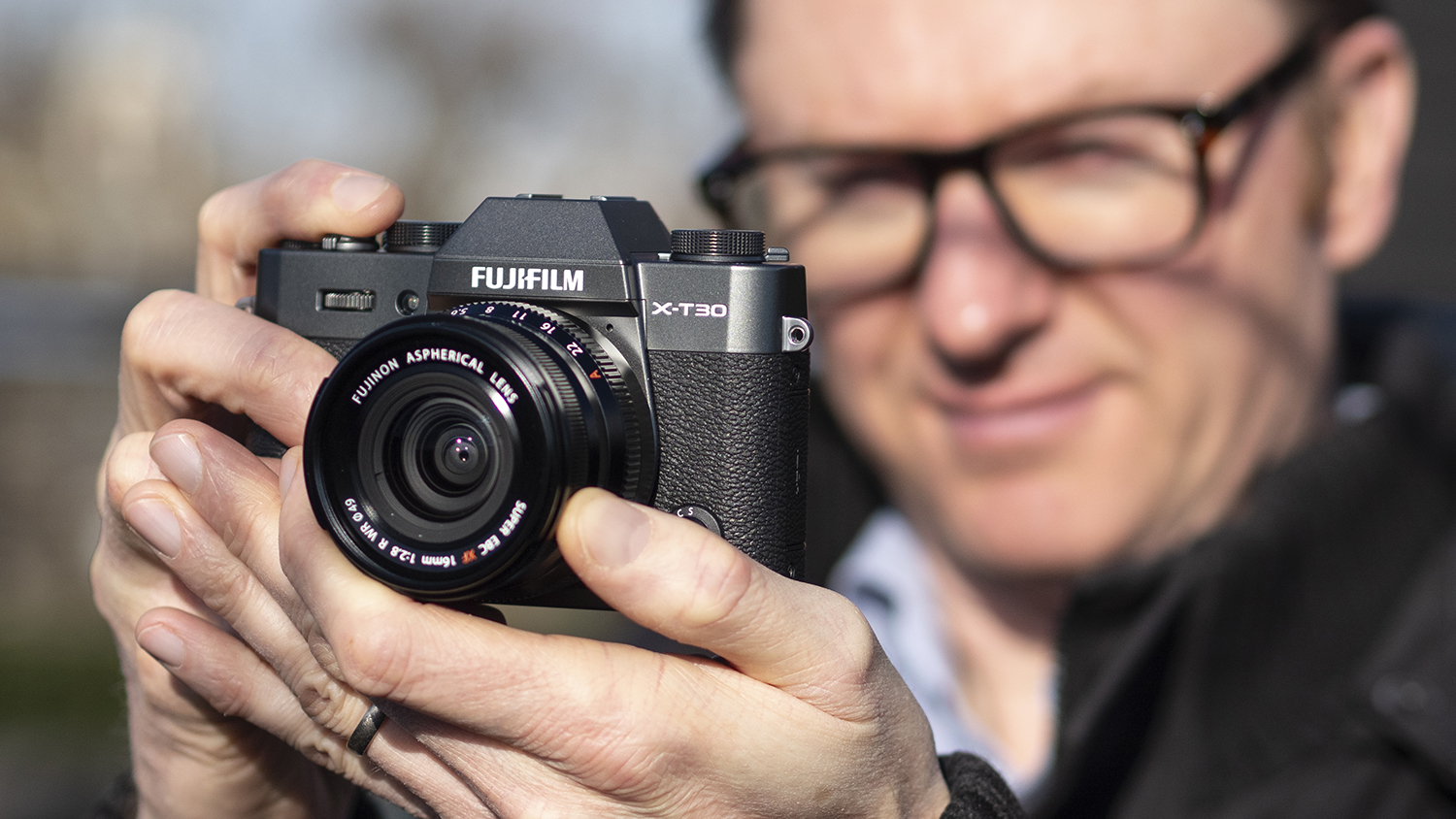
Specifications
Reasons to buy
Reasons to avoid
The Fujifilm X-T50 is a compact camera, and it really needs compact lenses to set it off properly, both in appearance and general handling. This is why we’ve included four of Fujifilm’s older compact prime lenses in this guide. These sacrifice outright maximum aperture for compactness and affordability, so that while the f/2.8 maximum aperture of the Fujinon XF 16mm f/2.8 R WR looks a little weak by today’s standards, that shouldn’t put you off. This is a very sweet-handling little lens, with fast, silent autofocus, a physical aperture ring, weather-sealing and premium-quality feel. We’d like it to be just a little sharper at the edges of the frame, but it’s a small point and we love it anyway.
See our full Fujinon XF 16mm f/2.8 R WR review
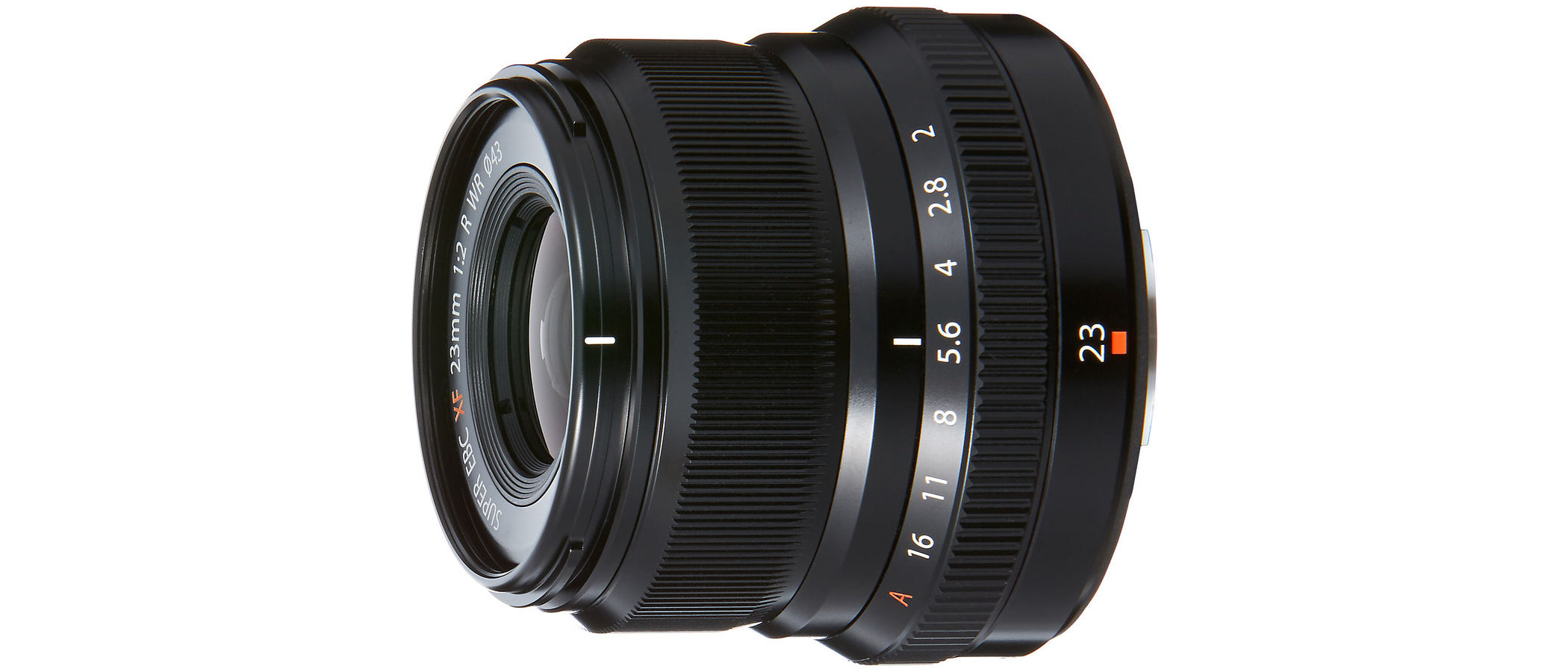
Specifications
Reasons to buy
Reasons to avoid
The Fujinon XF 23mm f/2 R WR is equivalent to a 35mm lens in full frame camera terms, which is considered by many to be the ideal focal length for street photography, or even as a perfect semi-wide standard lens. Most 35mm equivalent lenses will have a maximum aperture of f/1.8 or f/1.4, so it looks like the XF 23mm f/2 R WR falls a little short in this respect. However, it’s a small price to pay for this lens’s compact size, affordable pricing and superb build and handling. It has a physical aperture ring too, so it perfectly sets off the X-T50’s traditional exposure controls.
See our full Fujinon XF 23mm f/2 R WR review
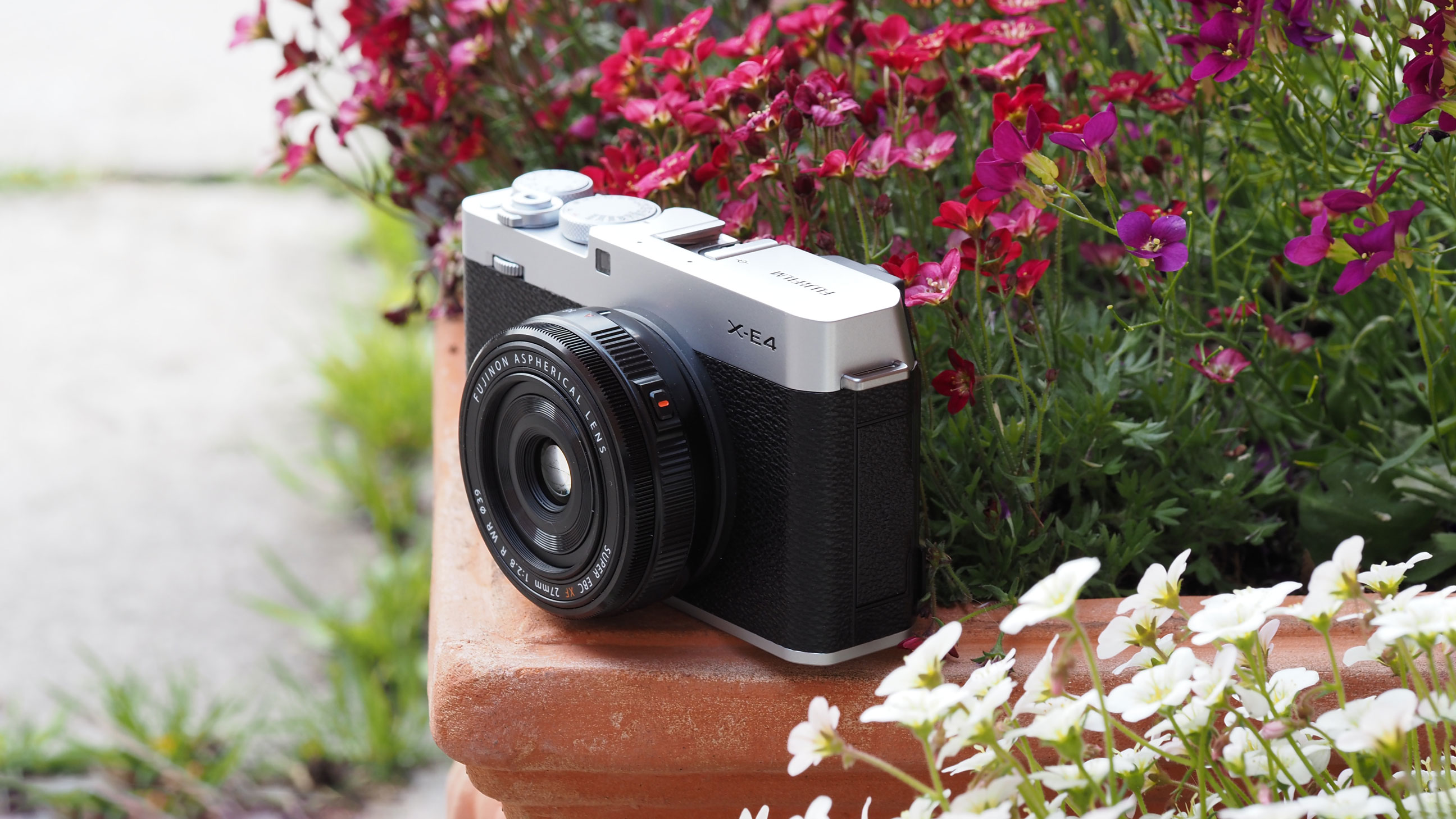
Specifications
Reasons to buy
Reasons to avoid
The Fujinon XF 27mm f/2.8 R WR is a very interesting lens which it would be easy to overlook. Fujifilm has had a 27mm pancake prime in its range for a long time, but this updated version arrived with the Fujifilm X-E4 and brought weather sealing and a physical aperture ring. It’s not so easy to find now as a standalone purchase, but it’s well worth seeking out because it’s so slim it practically makes the X-T50 a jacket pocket camera. One downside is the f/2.8 maximum aperture, another is an older AF actuator that’s a tad noisy and slow by modern standards. But the good news is the optical quality, which isn’t compromised at all by the slimline design. This is actually a really good little lens.
See full Fujinon XF 27mm f/2.8 R WR review
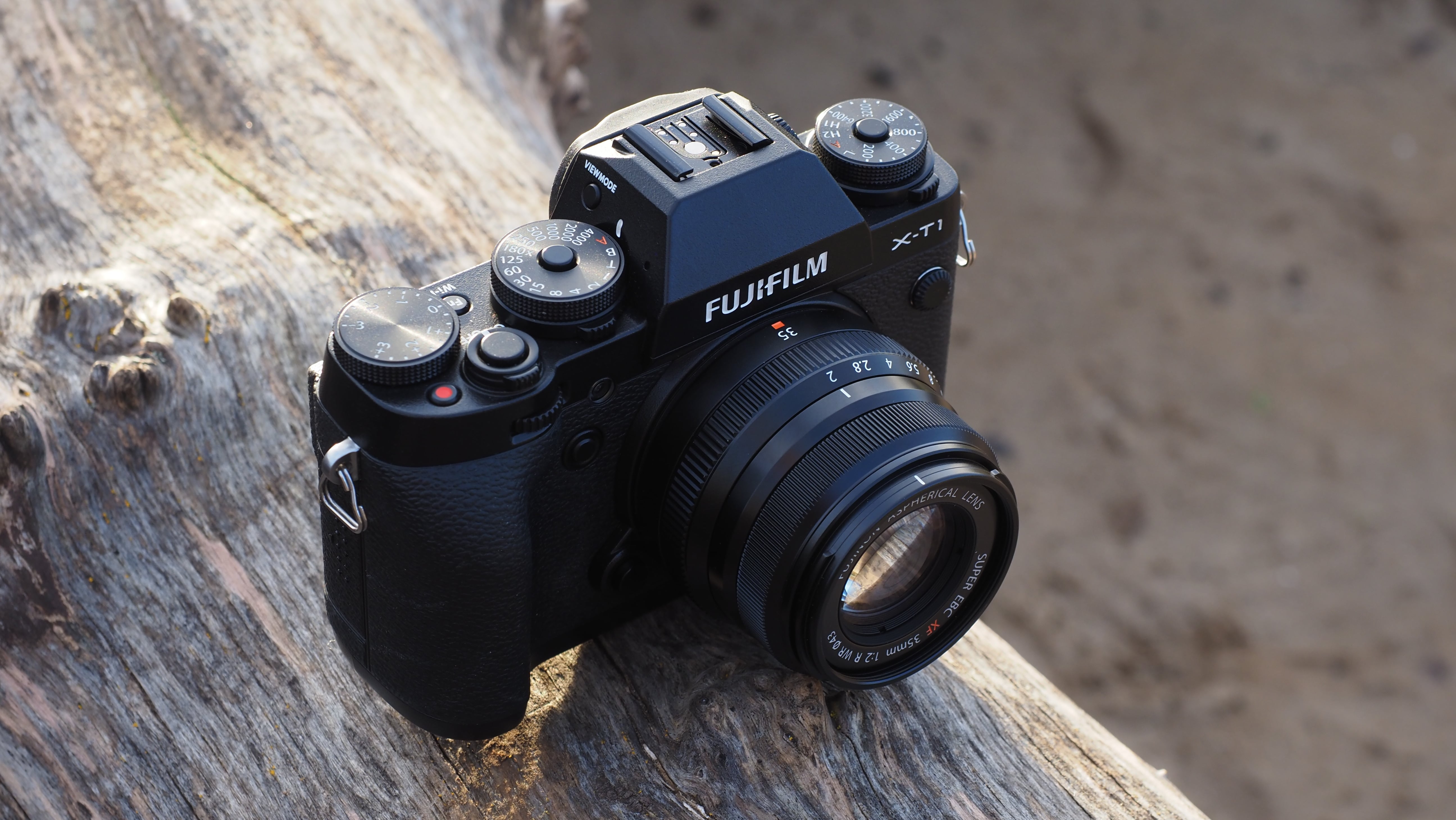
Specifications
Reasons to buy
Reasons to avoid
In full frame camera terms, the Fujinon XF 35mm f/2 R WR offers the equivalent of a 53mm focal length, so this is a classic ‘nifty fifty’ for Fujifilm’s APS-C cameras, and makes an ideal pairing with the X-T50. It’s true that the Fujinon XF 33mm f/1.4 R LM WR offers a faster maximum aperture and even better optical performance, but this is a bigger and more expensive professional lens, while the design and size of the XF 35mm f/2 R WR suit the X-T50 much better. The optical performance is great, the handling is superb and it’s not even that expensive to buy. Fujifilm may have moved on since the early days of the X-Pro series and its compact prime lenses, but the lenses are still great buys today, especially since Fujifilm has revived its compact retro camera designs with the X-T50.
See our full Fujifilm XF35mmF2 R WR review
Get the Digital Camera World Newsletter
The best camera deals, reviews, product advice, and unmissable photography news, direct to your inbox!

Rod is an independent photography journalist and editor, and a long-standing Digital Camera World contributor, having previously worked as DCW's Group Reviews editor. Before that he has been technique editor on N-Photo, Head of Testing for the photography division and Camera Channel editor on TechRadar, as well as contributing to many other publications. He has been writing about photography technique, photo editing and digital cameras since they first appeared, and before that began his career writing about film photography. He has used and reviewed practically every interchangeable lens camera launched in the past 20 years, from entry-level DSLRs to medium format cameras, together with lenses, tripods, gimbals, light meters, camera bags and more. Rod has his own camera gear blog at fotovolo.com but also writes about photo-editing applications and techniques at lifeafterphotoshop.com
